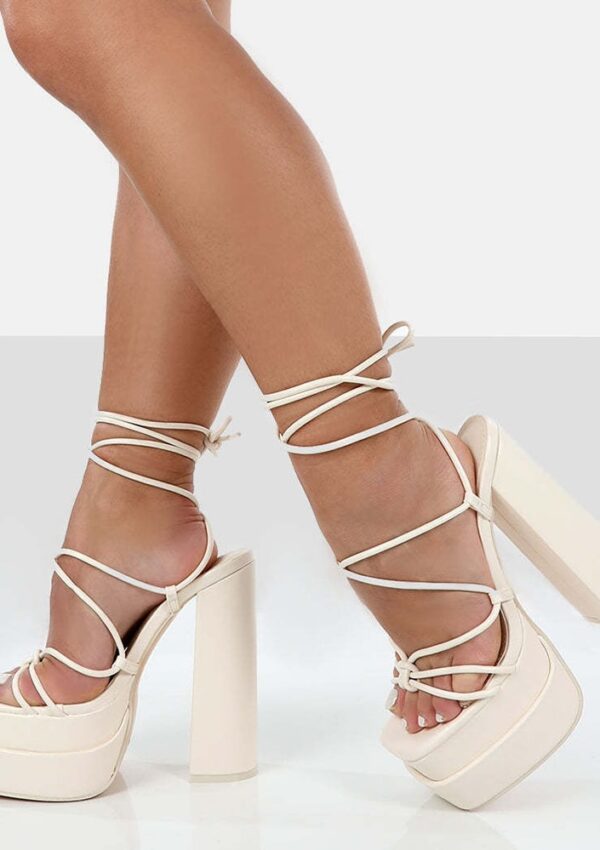Getting a new piercing is exciting, but the wait before changing out that initial jewelry can feel endless. That basic stud or ring you got pierced with is functional, sure, but it’s probably not what you envisioned wearing long-term. The problem is, switching jewelry too early ranks among the fastest ways to turn a healing piercing into an irritated mess. Knowing when and how to make that first change – and every subsequent one – makes the difference between a smooth experience and weeks of setback.
The Waiting Game: How Long Until You Can Switch
Here’s the thing about healing times: they vary wildly depending on where the piercing is located. Earlobes, which have excellent blood flow and minimal movement, typically heal within 6-8 weeks. Cartilage piercings like helixes or conches? Those need 6-12 months minimum. Navel piercings can take up to a year, while oral piercings often heal surprisingly fast at 4-6 weeks due to the mouth’s healing properties.
But those timeframes represent the baseline. Some bodies heal faster, others slower. A person who sleeps on their piercing every night or works in a dusty environment will need more time. Someone with an autoimmune condition or poor circulation might also experience extended healing periods.
The real test isn’t just time passing – it’s how the piercing looks and feels. A fully healed piercing has no crusties, no redness, no tenderness when touched, and no discharge of any kind. The tissue around it should look exactly like the skin elsewhere on the body. Many people make the mistake of thinking their piercing is healed just because it stopped hurting after a few weeks. Pain disappearing is just the first stage, not the finish line.
Getting Your First Change Right
That first jewelry swap deserves extra attention because the piercing channel is still maturing even after external healing completes. The tissue inside is delicate, and rough handling can cause microscopic tears that restart the healing process.
Preparation matters more than most people realize. Wash hands thoroughly with antibacterial soap, then clean the piercing area with saline solution. Having quality replacement jewelry ready beforehand prevents the channel from shrinking during fumbling attempts to find something suitable. For those looking to expand their options beyond basic starter jewelry, retailers specializing in body jewelry offer extensive selections – browsing piercings from established suppliers helps ensure you’re working with materials designed specifically for healed piercings.
The actual switching process requires patience. Remove the old jewelry slowly, supporting the skin around the piercing to avoid pulling. If resistance occurs, stop immediately. Forcing jewelry through a piercing causes trauma. Apply a bit of water-based lubricant if needed – never oils, which can trap bacteria.
Threading new jewelry through takes a gentle touch. Curved barbells and rings need to follow the piercing’s natural angle rather than forcing a straight path. Insertion should feel smooth. Any sharp pain or difficulty suggests the piercing might not be ready, or the new jewelry doesn’t fit properly.
Material Matters When You Upgrade
Starter jewelry is typically surgical steel or titanium because these materials rarely cause reactions during healing. When switching to something new, material choice remains critical even for healed piercings. Some metals that seem fine initially can cause sensitivity to develop over time.
Titanium and niobium top the list for safety. They’re hypoallergenic, lightweight, and available in various colors through anodization. Solid gold (14k or higher) works well, but gold-plated jewelry should be avoided – the plating wears away, exposing base metals underneath that often cause irritation.
Surgical steel contains nickel, which many people can tolerate in healed piercings but some cannot. It’s worth noting that nickel sensitivity can develop suddenly, even after years of wearing something without problems.
Organic materials like wood, bone, or stone look beautiful but need special consideration. These should only go in fully mature piercings (at least a year old), and they require different care than metal jewelry. They can’t be autoclaved, they absorb moisture, and some woods can cause allergic reactions.
Common Mistakes That Cause Problems
Most jewelry-change disasters stem from a handful of repeated errors. Using jewelry that’s too thin for the piercing gauge is a big one. If the original piercing was done at 16 gauge, dropping to 18 gauge jewelry can cause the channel to shrink unevenly. Maintaining the same gauge or slowly stretching up is safer than going smaller.
Length and diameter sizing trips people up constantly. Jewelry that’s too tight causes pressure, leading to swelling and embedded jewelry – a painful situation that sometimes requires professional removal. Too loose isn’t great either, as excessive movement irritates the channel. The jewelry should fit comfortably with slight room for movement but not swing around freely.
Cheap jewelry from random retailers poses real risks. Mystery metals cause reactions, rough finishes scratch the piercing channel, and poorly made closures fall out or pinch skin. It’s not about being picky – it’s about protecting an investment of time and discomfort that went into getting the piercing to heal.
Skipping hand washing before touching piercings introduces bacteria directly into the channel. Even healed piercings can develop infections if contaminated jewelry gets inserted. This seems obvious, yet it’s one of the most common causes of post-change irritation.
When Things Don’t Go as Planned
Sometimes a jewelry change goes sideways despite doing everything right. Recognizing the warning signs early prevents minor irritation from becoming a major issue.
Slight pinkness for a day after changing jewelry is normal – the channel got manipulated and needs to adjust. Persistent redness, warmth, or swelling that worsens instead of improving signals a problem. Pain that returns with intensity suggests either the jewelry doesn’t fit properly or the piercing wasn’t as healed as it seemed.
Discharge is the big red flag. Clear lymph fluid in small amounts might appear initially, but yellow or green discharge, especially if accompanied by odor, indicates infection. This requires immediate attention – removing the jewelry and letting the piercing close up can trap the infection inside, which is worse than keeping it open.
If problems develop, the first step is returning to simple, high-quality jewelry. Switch back to titanium or the original jewelry if possible. Resume saline soaks twice daily. Avoid moving or touching the piercing beyond necessary cleaning. Most minor irritations resolve within a week using this approach.
Persistent issues need professional evaluation. A reputable piercer can assess whether the jewelry is appropriate, the piercing is positioned correctly, or if something else is happening. Sometimes what looks like an infection is actually an allergic reaction, and sometimes swelling has a cause unrelated to the piercing itself.
Making Jewelry Changes Part of Your Routine
Once a piercing is fully mature – typically a year or more old – changing jewelry becomes straightforward. The channel is stable, the tissue is tough, and occasional changes won’t cause problems. Many people develop preferences for certain closure types, jewelry styles, or even brands based on how easily they go in and how comfortable they feel.
Regular jewelry rotation actually benefits long-term piercing health. It prevents buildup from accumulating in one spot and keeps the channel from adjusting too specifically to one piece. Cleaning different pieces regularly and rotating them prevents the boredom of wearing the same jewelry constantly.
The relationship between patience and successful piercing jewelry changes can’t be overstated. Rushing any aspect – from the initial healing to that first change to trying new styles – creates unnecessary complications. Piercings are a long-game body modification. Treating them with respect, giving them adequate time, and using quality materials ensures they remain problem-free accessories rather than sources of ongoing frustration. Taking these precautions might seem excessive initially, but they become second nature once the pattern of caring for piercings properly gets established.







Leave a Reply